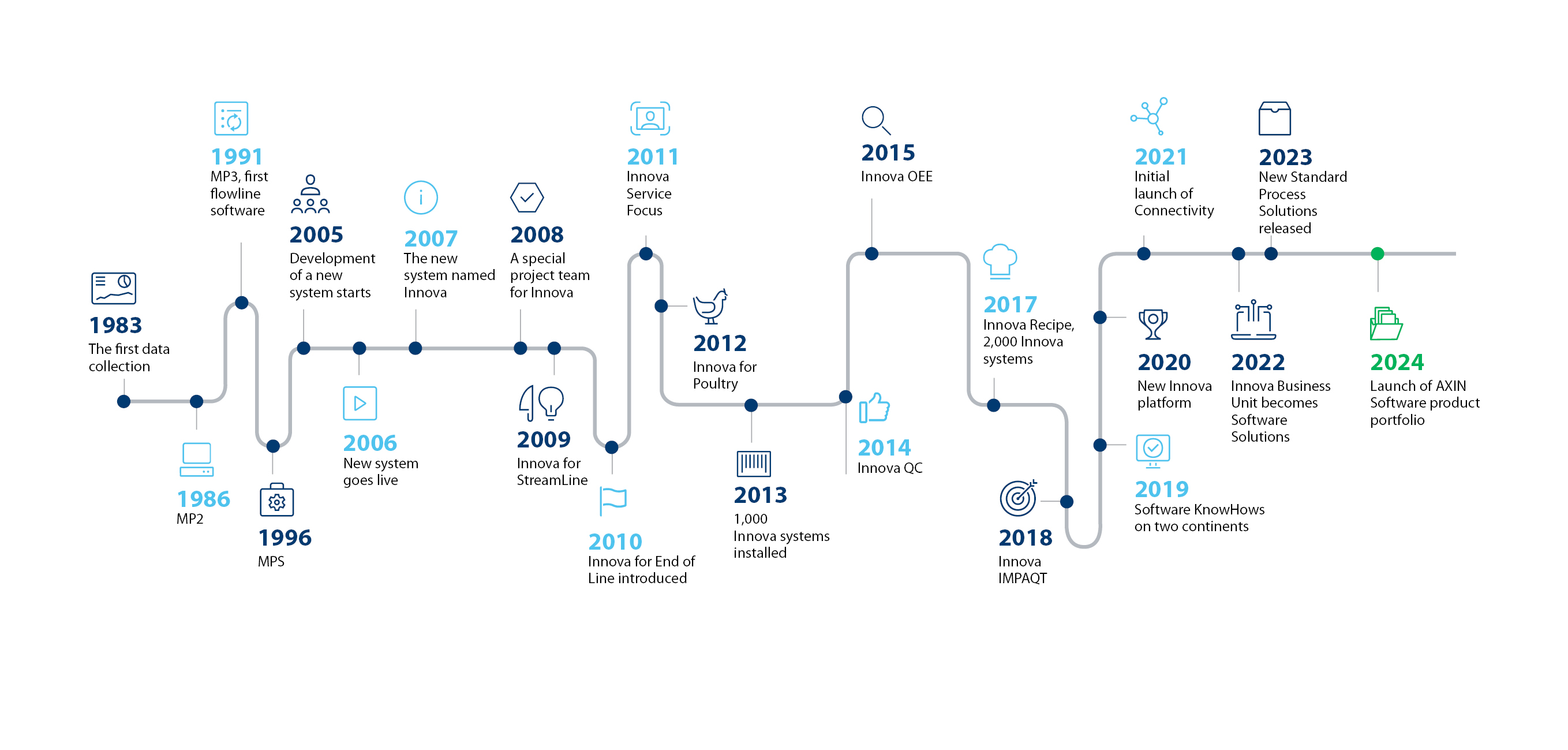Glossary: Unpacking a bit of the terminology
If you’re interested in the technical classifications and terminology used throughout this article, here’s a deeper dive into how AI categories are structured.
AI is a general term encapsulating any computing system that aims to be at the level of human intelligence: able to think, solve problems, understand, learn, and apply knowledge across a wide range of topics and domains. The ‘holy grail’ of AI is known as Artificial General Intelligence (AGI), or strong AI – when a machine possesses human–level cognitive abilities. While the latest iteration, generative AI, feels close, a closer look shows we’re a long way from AGI.
Modern AI in the mid-2020s falls within the category of narrow AI – narrow AI systems are designed to perform a specific or narrow range of tasks. For example, a self-drive car uses narrow AI, it can drive a car and recognize objects to avoid, but it cannot balance your accounts. Narrow AI is our current AI reality.
Under the narrow AI umbrella, there is a hierarchical relationship with two branches relevant to food processing:
Artificial Intelligence – the overarching field
Narrow AI – current reality of AI: excels in one area but cannot transfer knowledge to other domains
Knowledge based AI (rule-based)
Expert systems - unlike machine learning, deep learning and generative AI, which learn patterns from training data and make predictions on learned patterns, Expert systems AI are rule-based. They are designed to capture the knowledge of human experts for specific food processing tasks and use logical inference to apply rules to new situations. They don't learn from data; they apply pre-programmed knowledge.
Data-driven AI (Learning-based):
Machine learning – subset of narrow AI: trained algorithms that learn from patterns. Traditionally, for simple classification tasks. In food processing this looks like a Quality Control system that classifies products as good or bad base on direct measurements (size, color values, weight)
Deep learning - subset of machine learning: trained algorithms that work like neural networks with multi-layered pattern recognition to make classifications based on complex combinations. In food processing, this could be a vision system that learns the patterns of a ‘normal’ product appearance so thoroughly it can detect any anomaly including those it has never seen before.
Generative – application category: trained systems that create content (text, images, audio, code). It can use both deep learning and traditional machine learning approaches. In food processing, this is currently being explored for use in optimizing recipes and generating documentation.
While these narrow AI systems feel quite intuitive and intelligent when we use them, they are not employing reasoning, the algorithms behind each model are making choices and predictions based on the patterns it has been trained on, to perform a specialized function.
And that’s where food processing is today, using proven narrow AI systems that deliver practical, measurable value to solve industry pain points, while exploring the possibilities of the latest developments to continue improving food processing operations and results.







